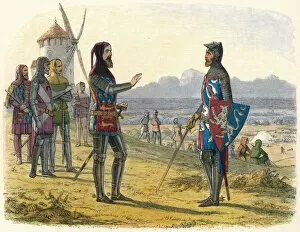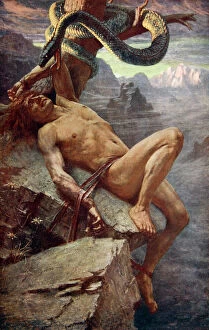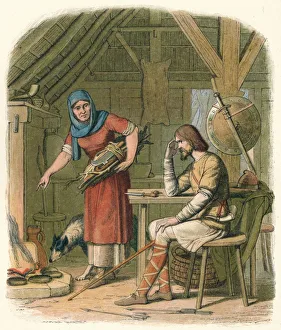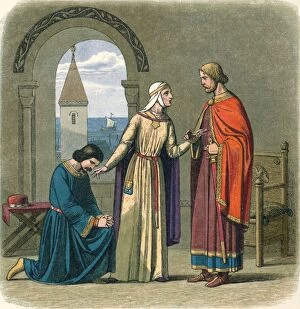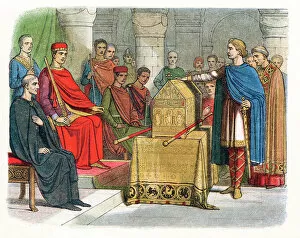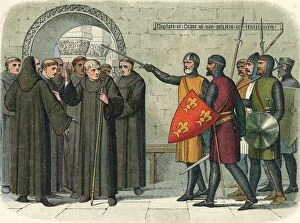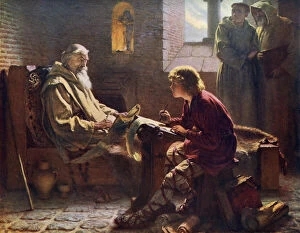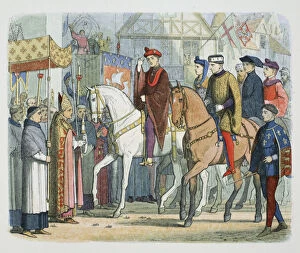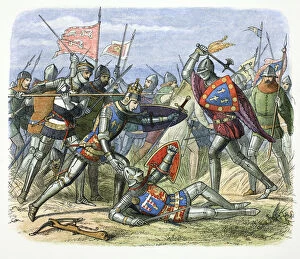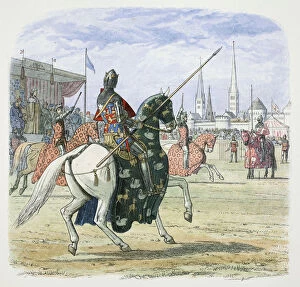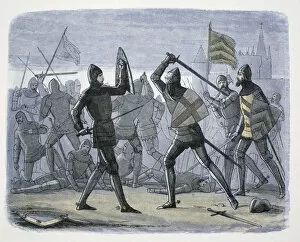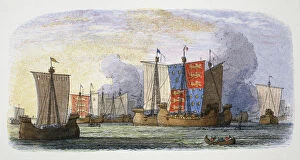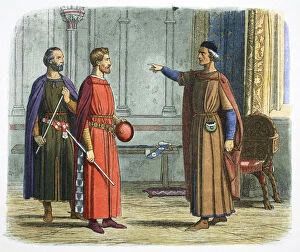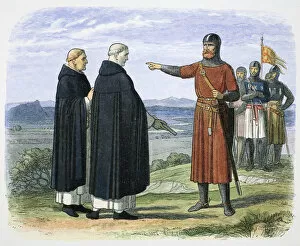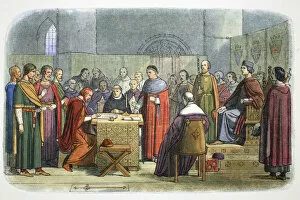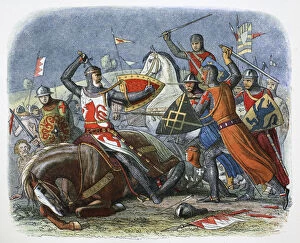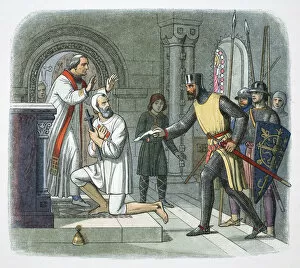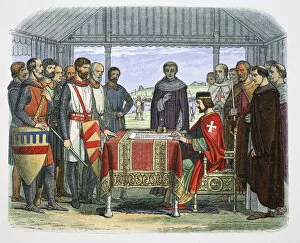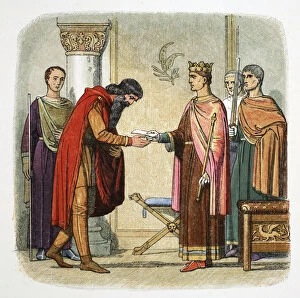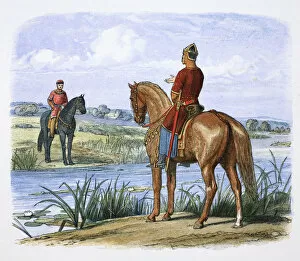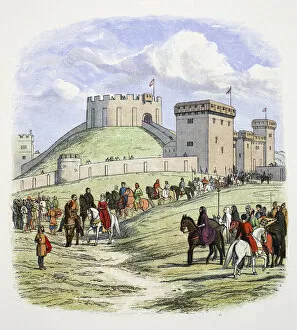James Doyle Collection
James Doyle was a talented artist known for his historical and mythological illustrations
For sale as Licensed Images
Choose your image, Select your licence and Download the media
James Doyle was a talented artist known for his historical and mythological illustrations. In his artwork, he captured significant moments from various time periods and legends with great detail and skill. One of his notable works is "Edward refuses succour to his son at Crecy, 1346, " where he depicted the heartbreaking scene of Edward denying help to his wounded son during the Battle of Crecy. Another captivating piece by Doyle is "Punishment of Loke, " showcasing the Norse god's retribution for causing mischief among the gods. Doyle also delved into English history, portraying scenes like "Alfred in the neatherds cottage, c878. " This painting depicts King Alfred seeking refuge in a humble cottage during times of adversity. Additionally, he illustrated Richard pardoning his brother John in the twelfth century, highlighting an act of forgiveness amidst political turmoil. The last Anglo-Saxon king of England, Harold II, found himself immortalized by Doyle's brushstrokes in "Harold II" as he stood strong before impending battles that would shape England's destiny. Furthermore, James Doyle Penrose collaborated with him on pieces such as "Idun and the Apples" and "The Venerable Bede Translating the Last Chapter of St John, " showcasing their shared passion for mythology and religious subjects. In another collaboration between Penrose and Doyle titled "Edward IV and Lady Elizabeth Grey, " they portrayed a poignant moment from history when Edward IV fell in love with Elizabeth Grey despite societal constraints. Lastly, Henry II conferring across Thames with Stephen during their power struggle was brought to life by Doyle's artistry. With each stroke of his brush or pen, James Doyle transported viewers through time to witness pivotal events or mythical tales unfold before their eyes. His attention to detail combined with a deep understanding of history allowed him to create captivating illustrations that continue to fascinate audiences even today.

